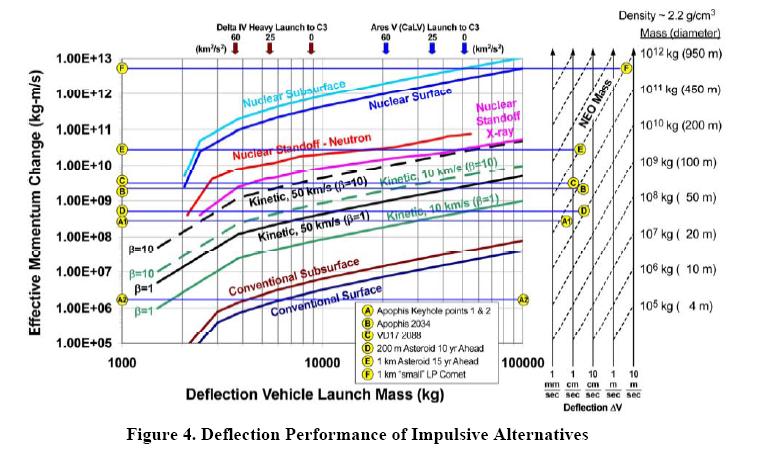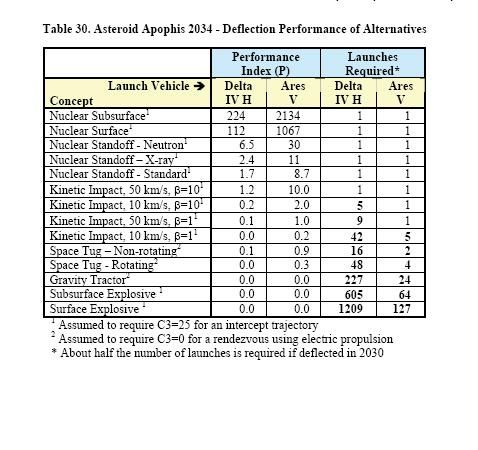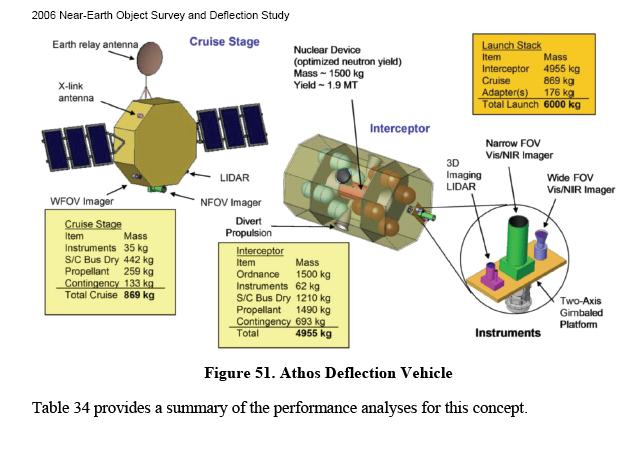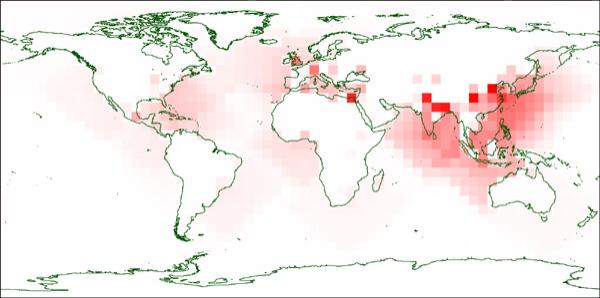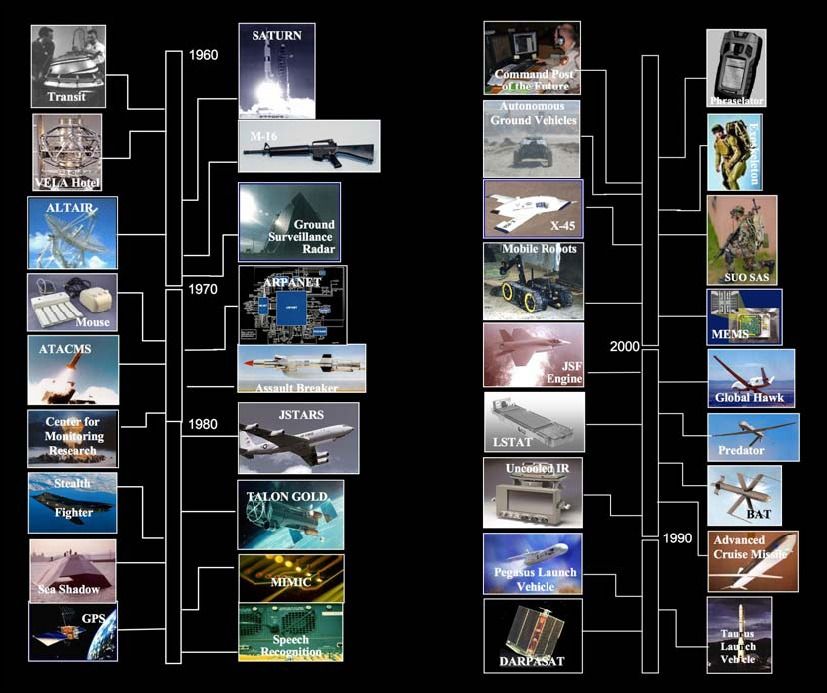There are dozens of published existential risks; there are undoubtedly many more that Nick Bostrom did not think of in his paper on the subject. Ideally, the Lifeboat Foundation and other organizations would identify each of these risks and take action to combat them all, but this simply isn’t realistic. We have a finite budget and a finite number of man-hours to spend on the problem, and our resources aren’t even particularly large compared with other non-profit organizations. If Lifeboat or other organizations are going to take serious action against existential risk, we need to identify the areas where we can do the most good, even at the expense of ignoring other risks. Humans like to totally eliminate risks, but this is a cognitive bias; it does not correspond to the most effective strategy. In general, when assessing existential risks, there are a number of useful heuristics:
- Any risk which has become widely known, or an issue in contemporary politics, will probably be very hard to deal with. Thus, even if it is a legitimate risk, it may be worth putting on the back burner; there’s no point in spending millions of dollars for little gain.
- Any risk which is totally natural (could happen without human intervention), must be highly improbable, as we know we have been on this planet for a hundred thousand years without getting killed off. To estimate the probability of these risks, use Laplace’s Law of Succession.
- Risks which we cannot affect the probability of can be safely ignored. It does us little good to know that there is a 1% chance of doom next Thursday, if we can’t do anything about it.
Some specific risks which can be safely ignored:
- Particle accelerator accidents. We don’t yet know enough high-energy physics to say conclusively that a particle accelerator could never create a true vacuum, stable strangelet, or another universe-destroying particle. Luckily, we don’t have to; cosmic rays have been bombarding us for the past four billion years, with energies a million times higher than anything we can create in an accelerator. If it were possible to annihilate the planet with a high-energy particle collision, it would have happened already.
- The simulation gets shut down. The idea that “the universe is a simulation” is equally good at explaining every outcome- no matter what happens in the universe, you can concoct some reason why the simulators would engineer it. Which specific actions would make the universe safer from being shut down? We have no clue, and barring a revelation from On High, we have no way to find out. If we do try and take action to stop the universe from being shut down, it could just as easily make the risk worse.
- A long list of natural scenarios. To quote Nick Bostrom: “solar flares, supernovae, black hole explosions or mergers, gamma-ray bursts, galactic center outbursts, supervolcanos, loss of biodiversity, buildup of air pollution, gradual loss of human fertility, and various religious doomsday scenarios.” We can’t prevent most of these anyway, even if they were serious risks.
Some specific risks which should be given lower priority:
- Asteroid impact. This is a serious risk, but it still has a fairly low probability, on the order of one in 105 to 107 for something that would threaten the human species within the next century or so. Mitigation is also likely to be quite expensive compared to other risks.
- Global climate change. While this is fairly probable, the impact of it isn’t likely to be severe enough to qualify as an existential risk. The IPCC Fourth Assessement Report has concluded that it is “very likely” that there will be more heat waves and heavy rainfall events, while it is “likely” that there will be more droughts, hurricanes, and extreme high tides; these do not qualify as existential risks, or even anything particularly serious. We know from past temperature data that the Earth can warm by 6–9 C on a fairly short timescale, without causing a permanent collapse or even a mass extinction. Additionally, climate change has become a political problem, making it next to impossible to implement serious measures without a massive effort.
- Nuclear war is a special case, because although we can’t do much to prevent it, we can take action to prepare for it in case it does happen. We don’t even have to think about the best ways to prepare; there are already published, reviewed books detailing what can be done to seek safety in the event of a nuclear catastrophe. I firmly believe that every transhumanist organization should have a contingency plan in the event of nuclear war, economic depression, a conventional WWIII or another political disaster. This planet is too important to let it get blown up because the people saving it were “collateral damage”.
- Terrorism. It may be the bogeyman-of-the-decade, but terrorists are not going to deliberately destroy the Earth; terrorism is a political tool with political goals that require someone to be alive. While terrorists might do something stupid which results in an existential risk, “terrorism” isn’t a special case that we need to separately plan for; a virus, nanoreplicator or UFAI is just as deadly regardless of where it comes from.
